
Khorixas Gold Project
The Khorixas Gold Project, covering 169,000 hectares, is located approximately 350 km northeast of Walvis Bay in the Northern Zone of the Damara Orogenic Belt.
This region is known for its prolific gold and lithium deposits, with significant exploration targets including Belmont and K17.
In 2023, Great Quest Gold expanded its portfolio by acquiring up to 70% of Belmont Mineral Exploration (Pty) Ltd., a Namibian private company. Belmont Mineral Exploration holds 14 exclusive prospecting licenses covering over 307,778 hectares of exploration ground. This acquisition gives Great Quest access to three major projects, including the Khorixas Gold Project.
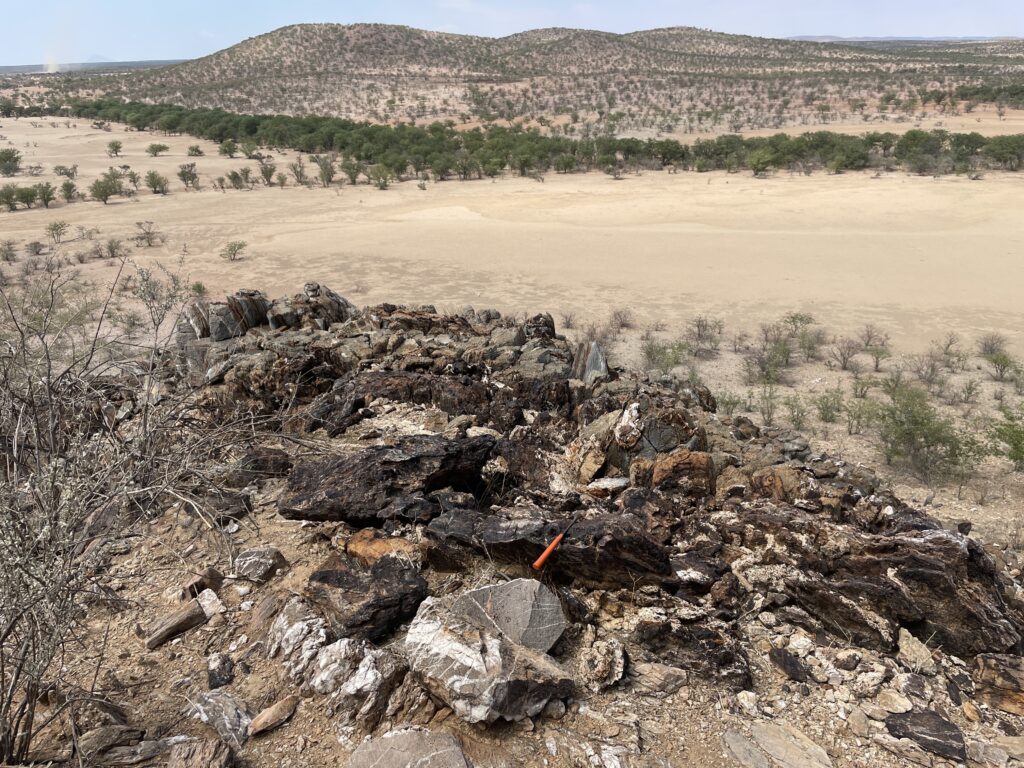
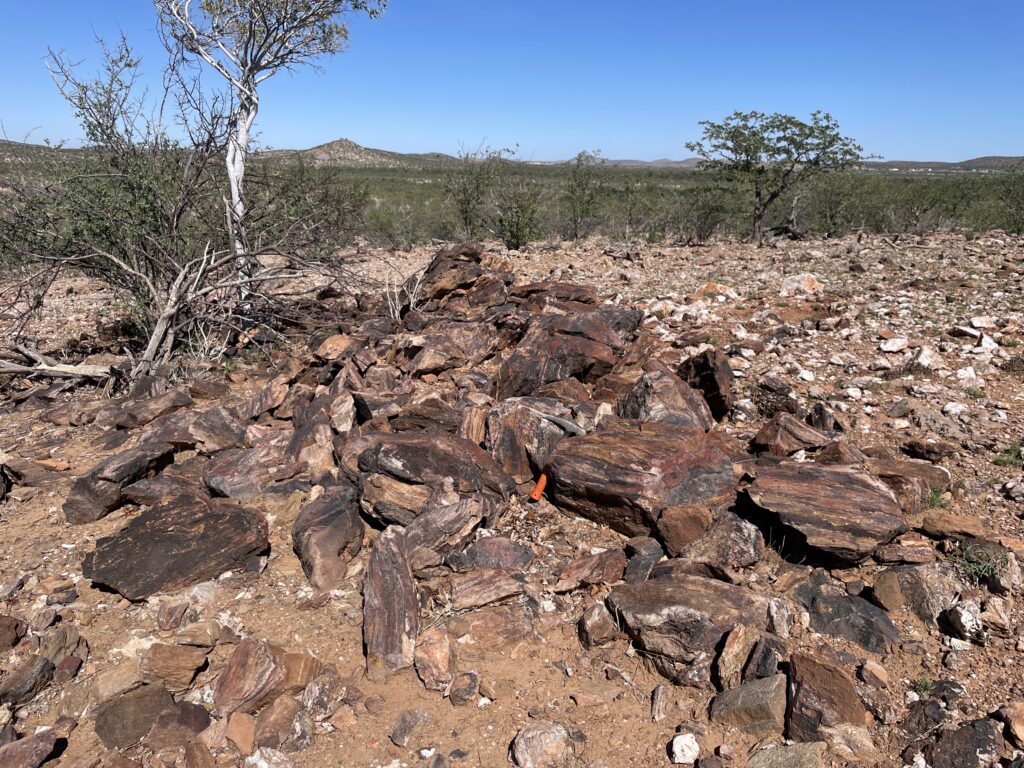
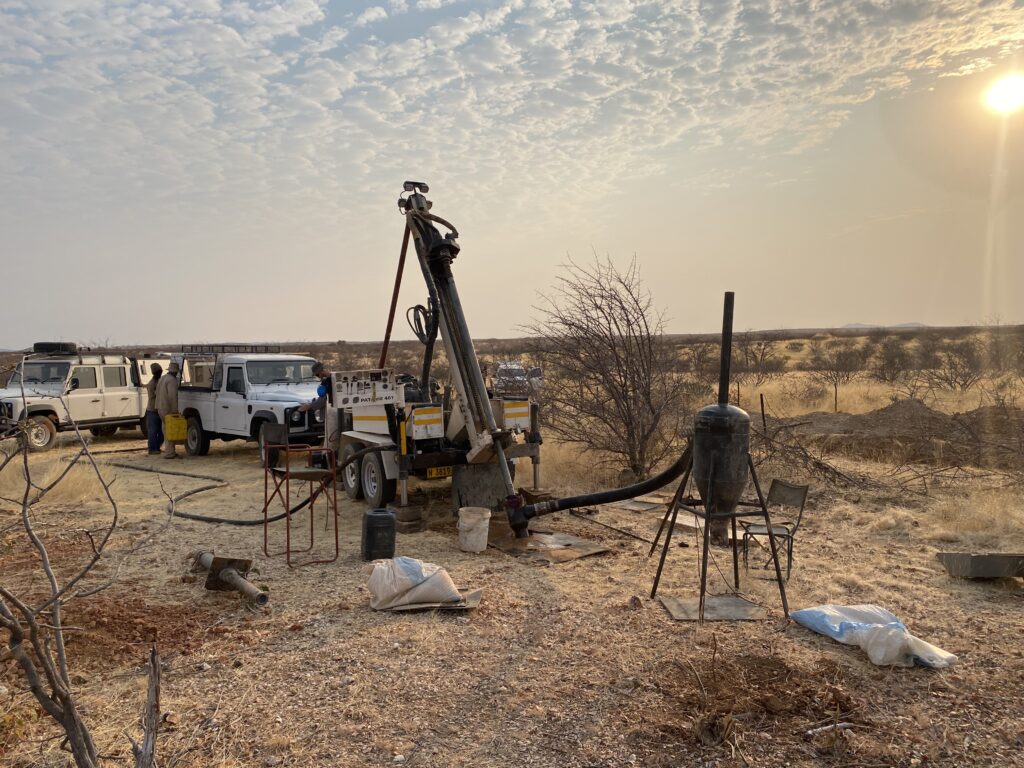
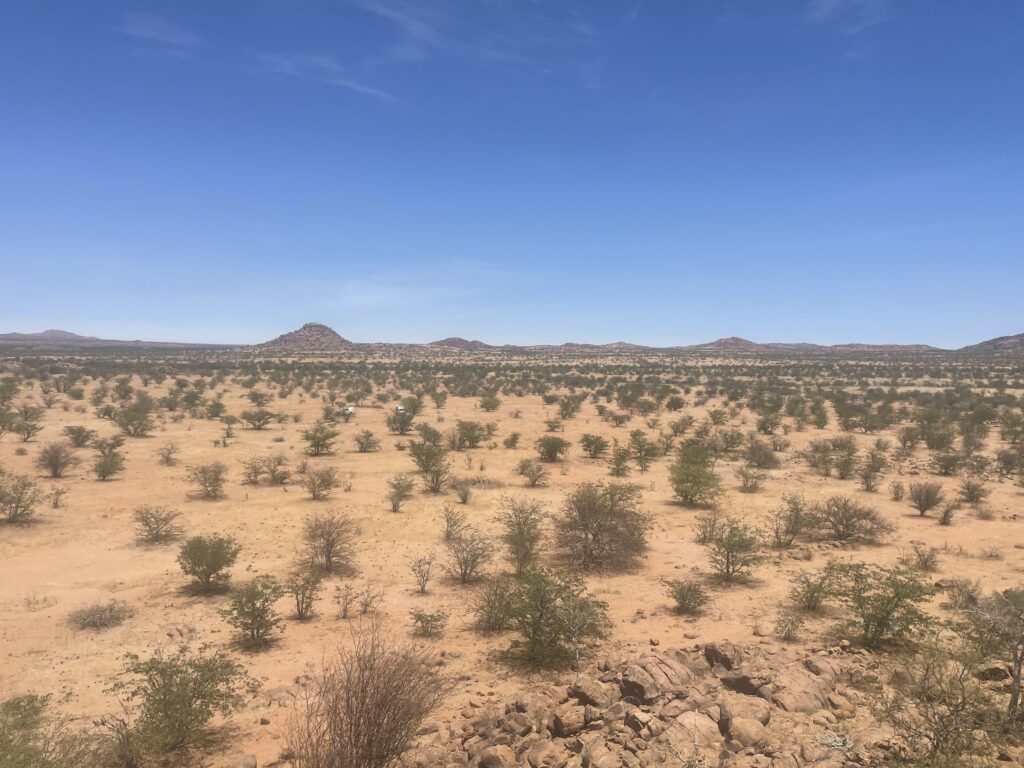
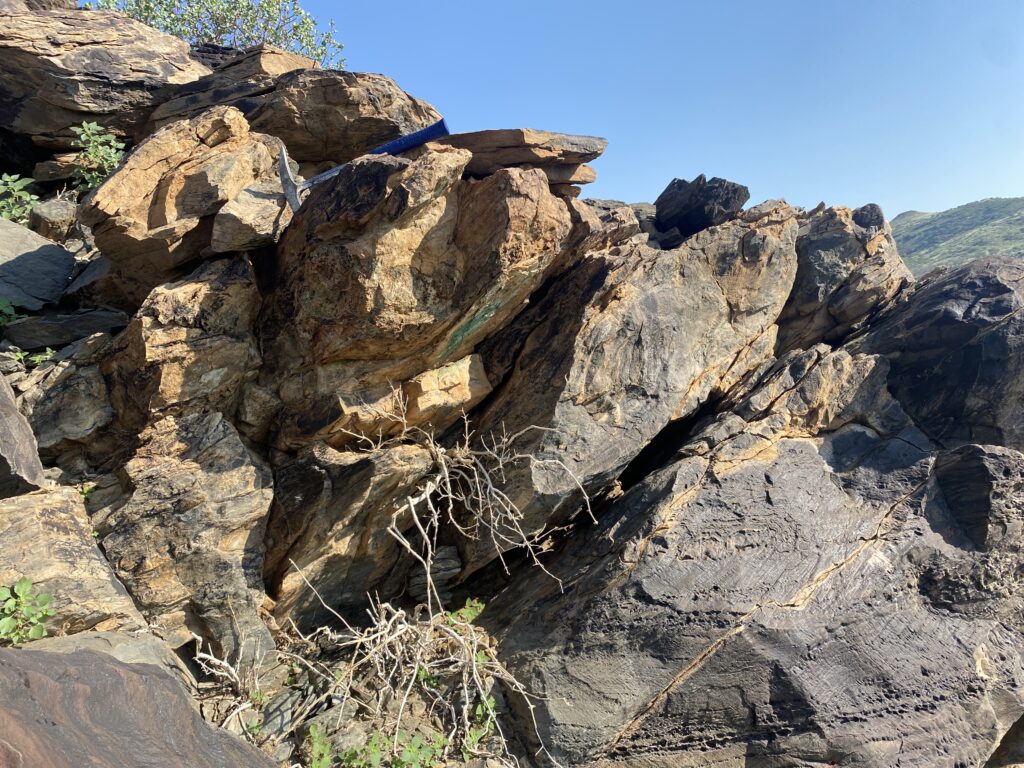
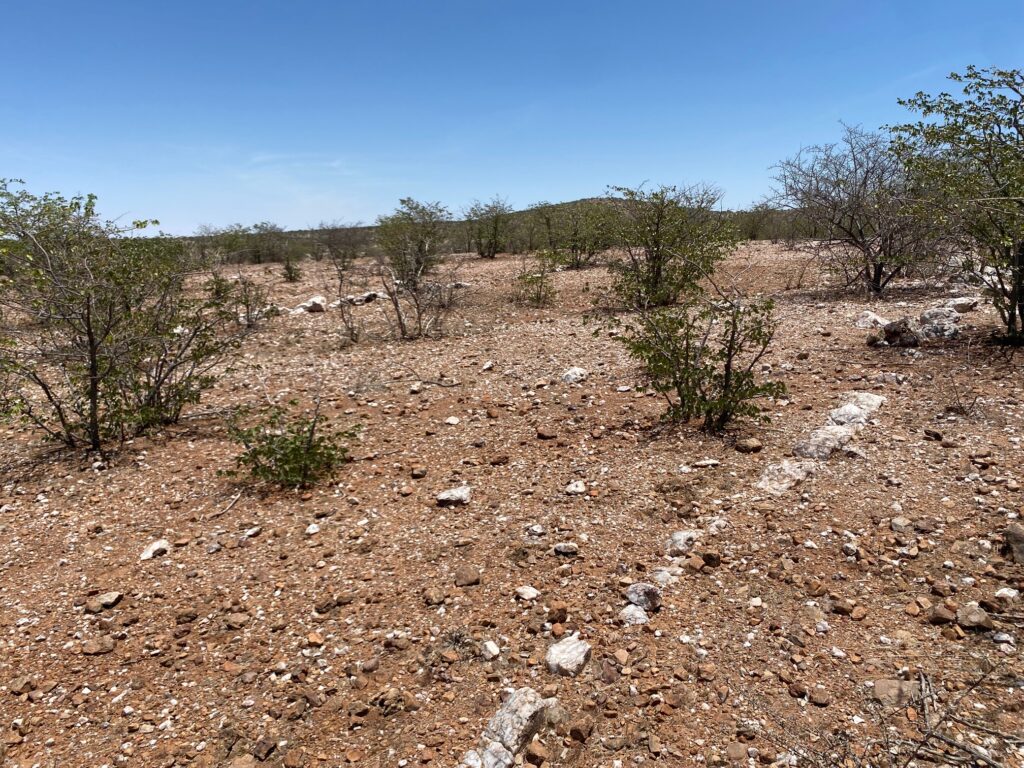
Belmont
The Belmont target covers a 72 km² zone located between the Khorixas and Belmont Thrust zones, representing one of five key exploration areas. Approximately 90% of the prospect is concealed by calcrete and scree cover, but limited exploration has revealed multiple anomalies within this area, including 15 distinct target zones.
Since September 2023, exploration activities at Belmont have included the collection of 90 rock chip samples, 2,073 calcrete samples, and 973 soil samples. The company has identified five new targets and expanded existing ones.
Rock Chip Highlights:
- VG Hill: 145.7 g/t Au
- BK1 NW: 3.93 g/t Au
- BK2: 4.6 g/t Au
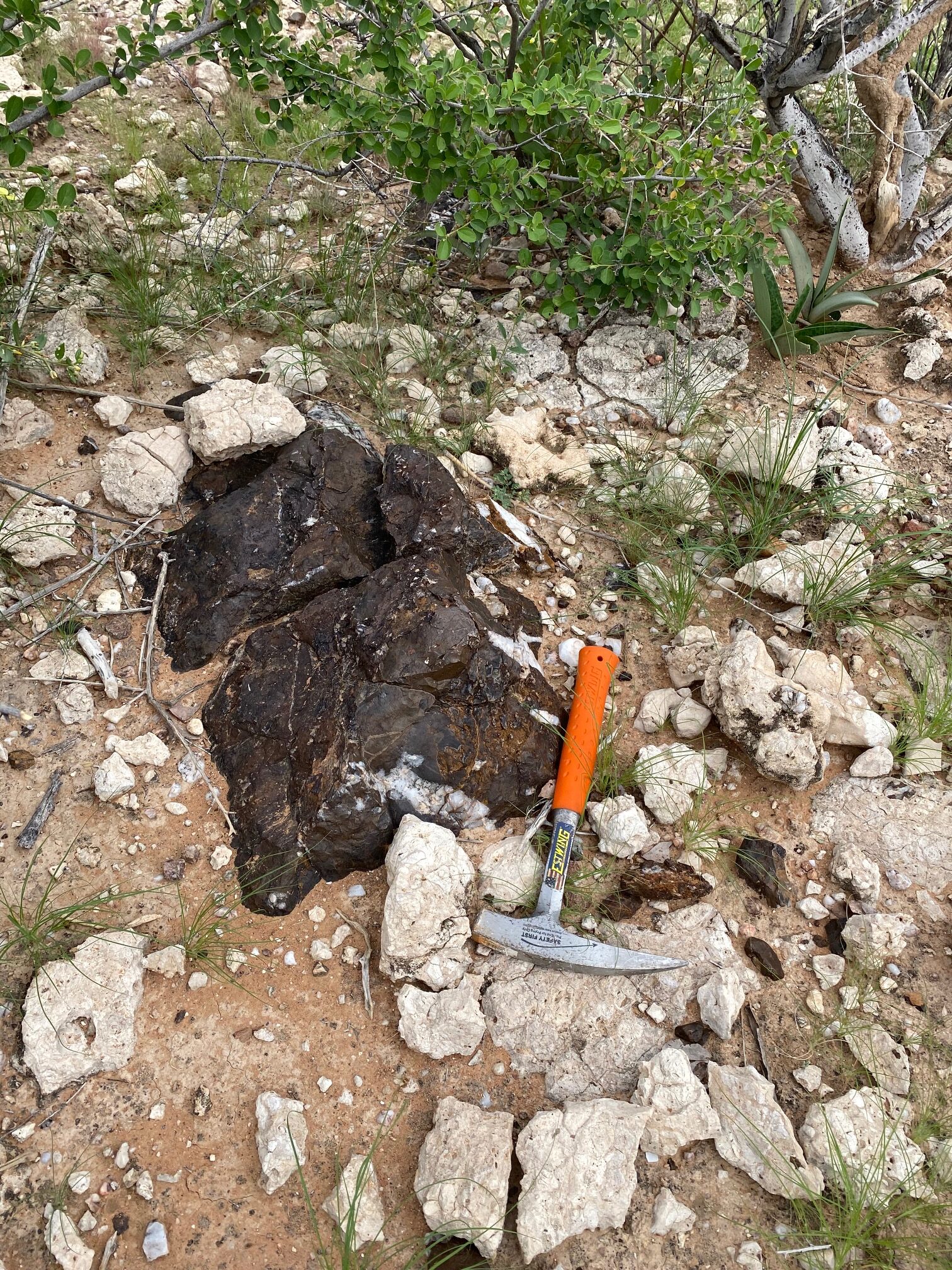
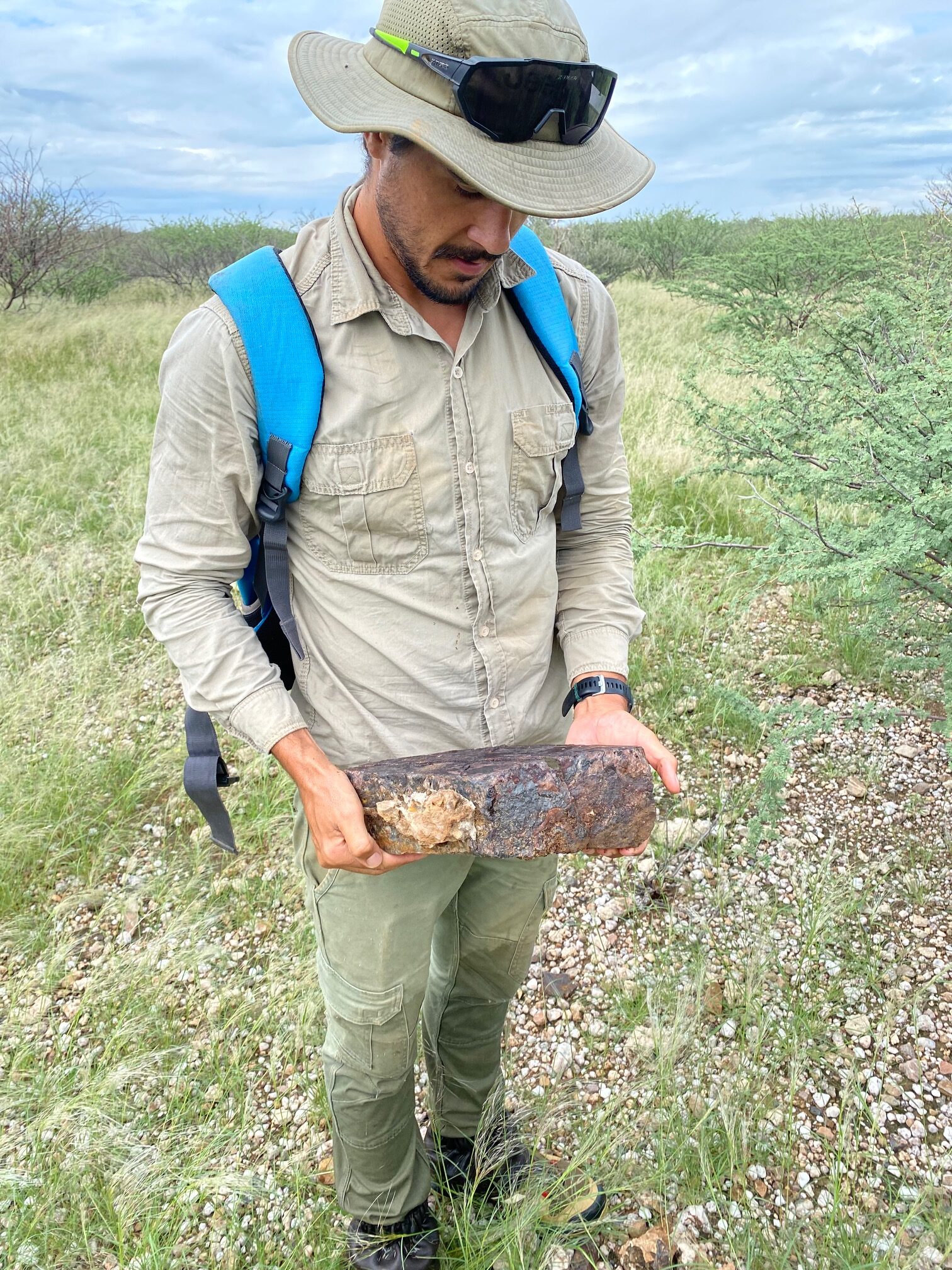
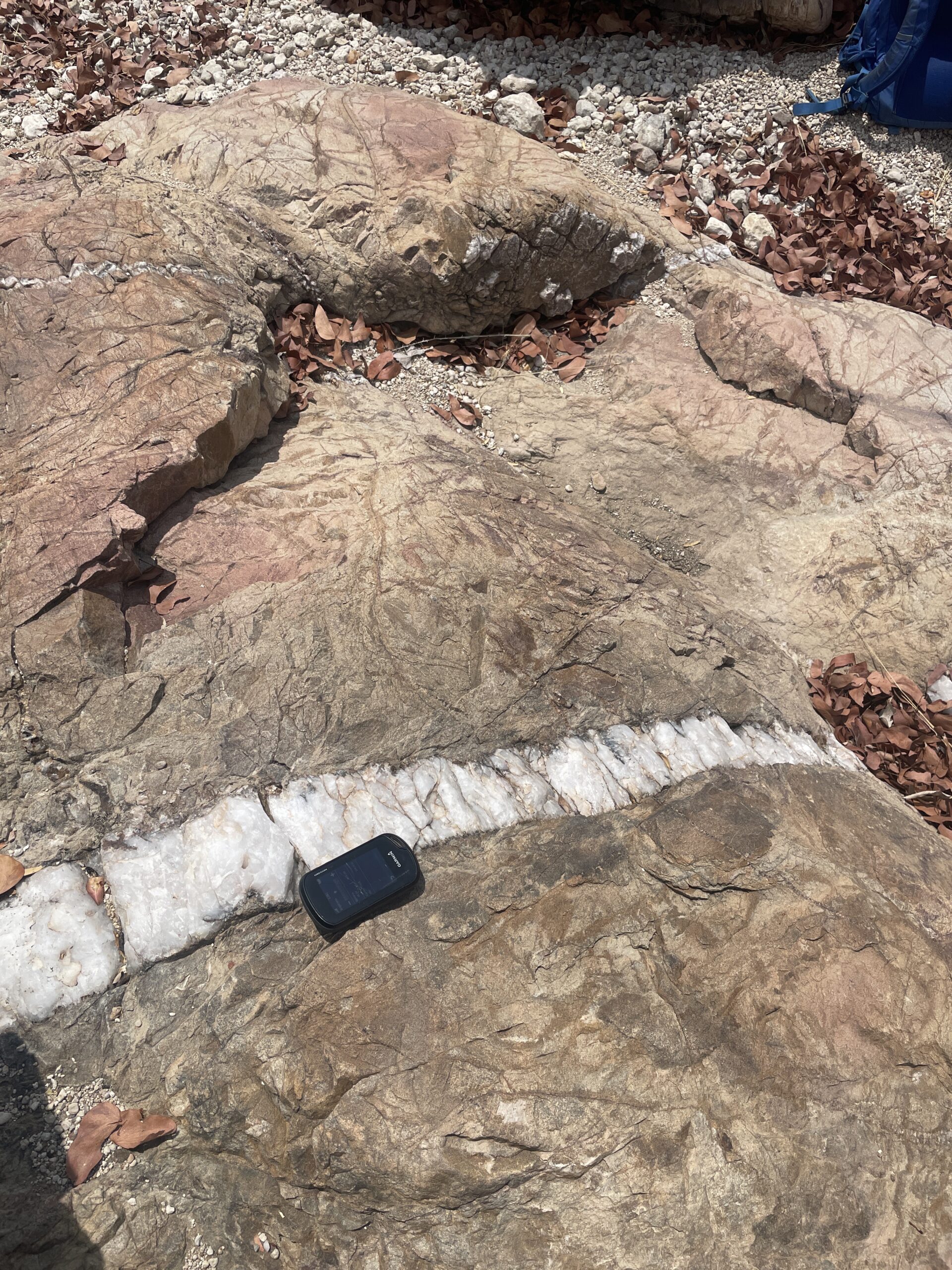
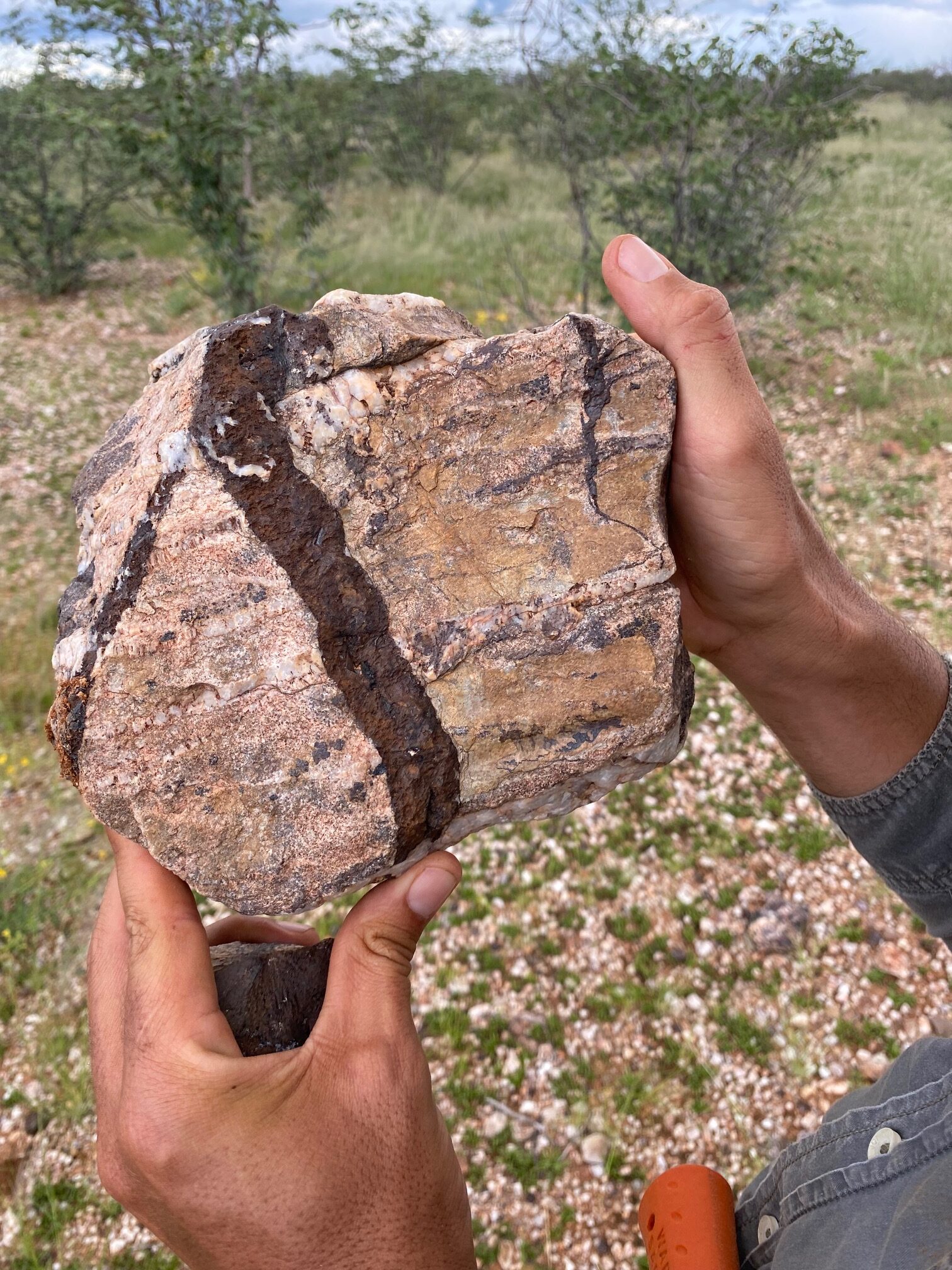
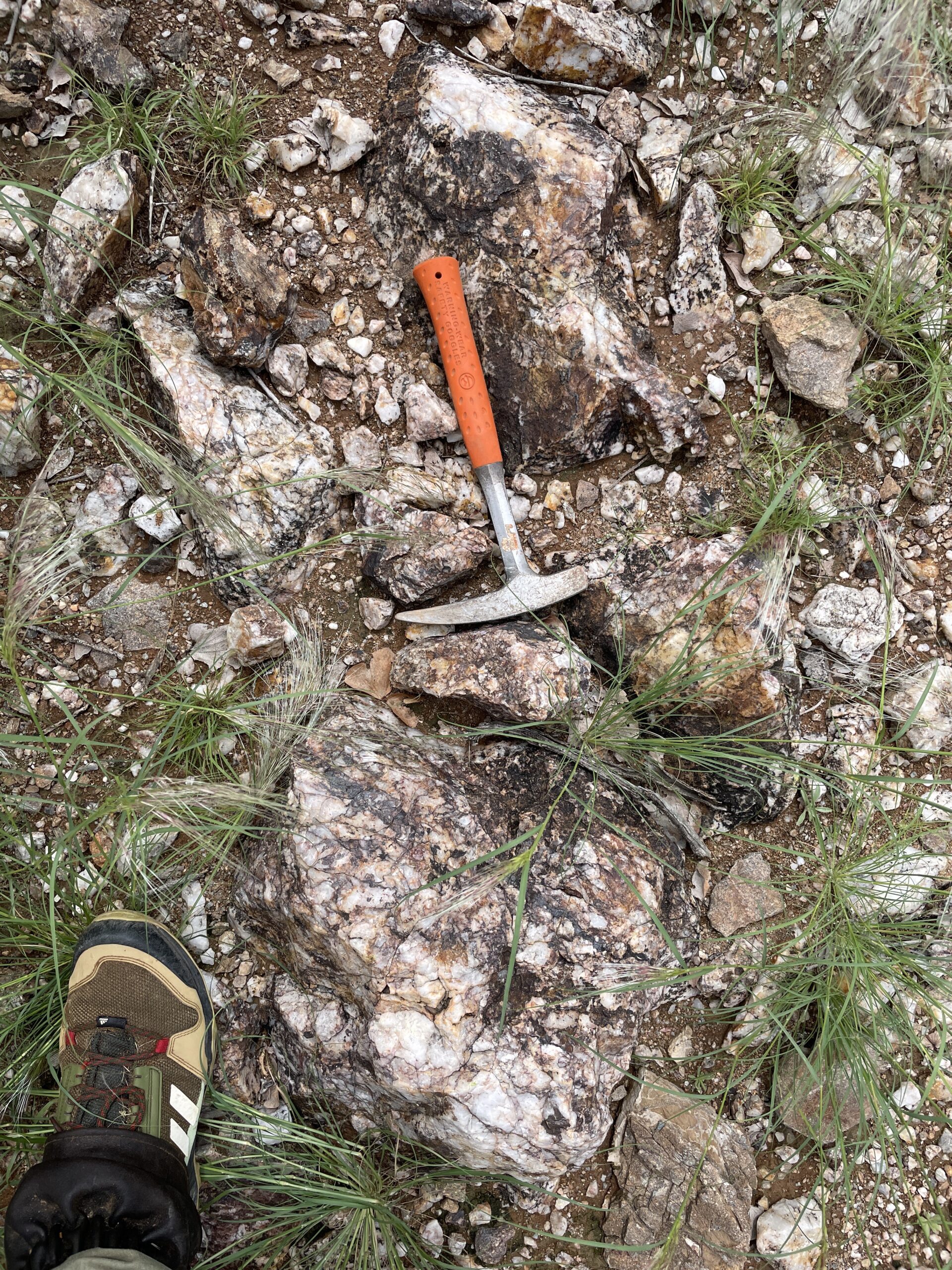

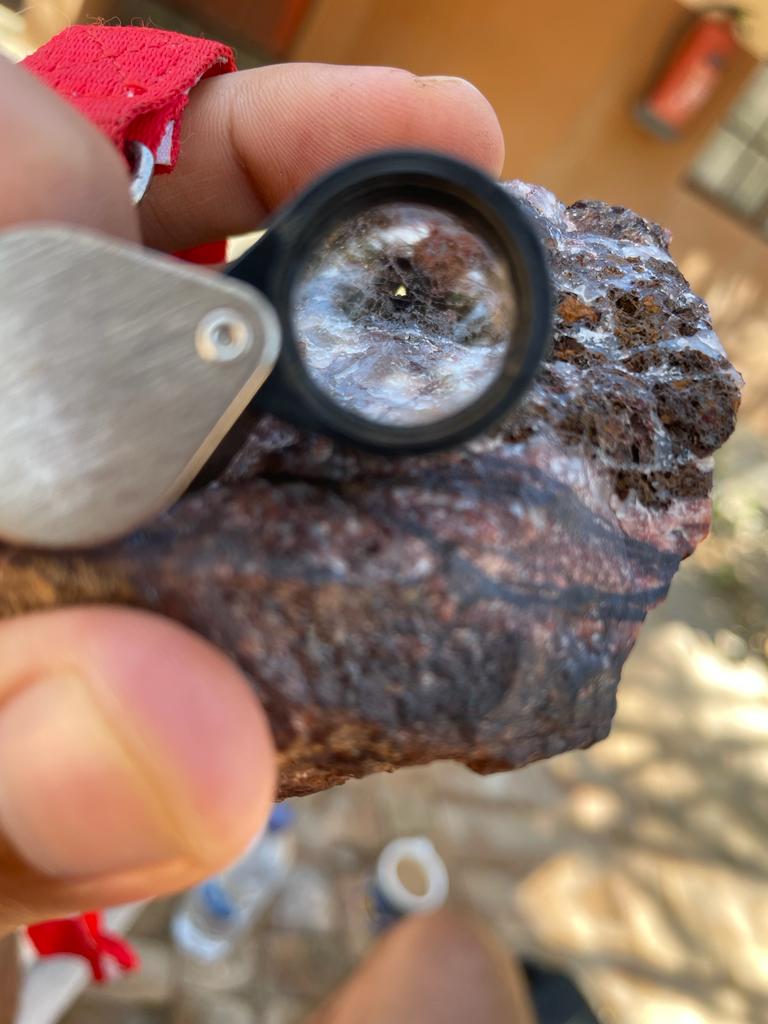
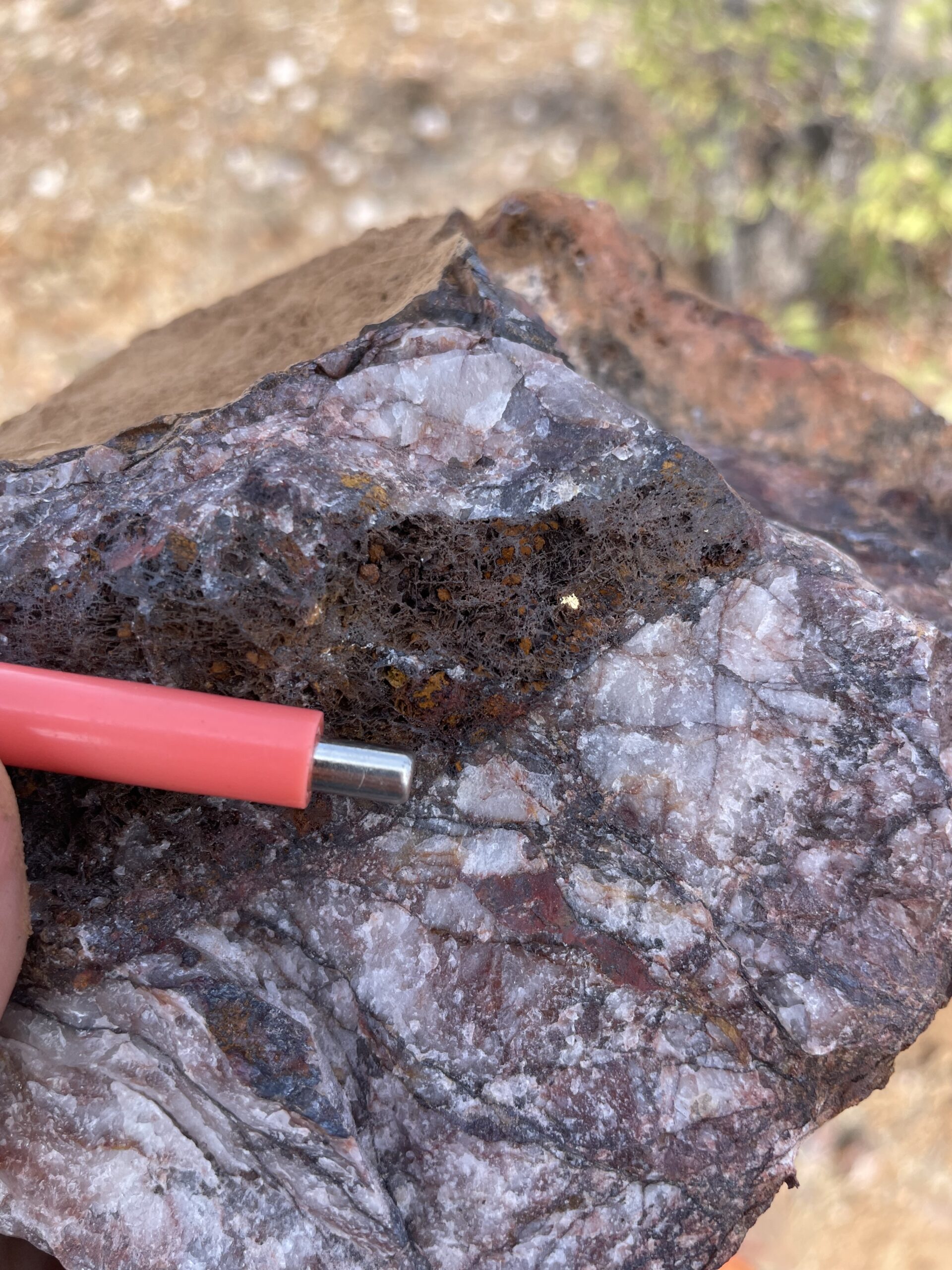
BK2 Target
The BK2 target is a high-potential gold exploration area. Great Quest completed its maiden diamond drilling campaign at the Belmont Project in Namibia, totalling 570m. The company remains committed to advancing this project through additional drilling and geophysical surveys.
Highlights:
- Defined by NW/SE trend of high-grade surface samples
- 95% covered by calcrete (1-5m thick)
- Rock chip trend traced for 1.5km, extending to 5km with adjacent targets
Diamond Drilling (570m)
- Best result from Hole BKDD003
- 18m @ 1.72 g/t Au from 74m
- Includes 8m @ 3.72 g/t Au
- Visible gold observed at 84.4m and 86.1m
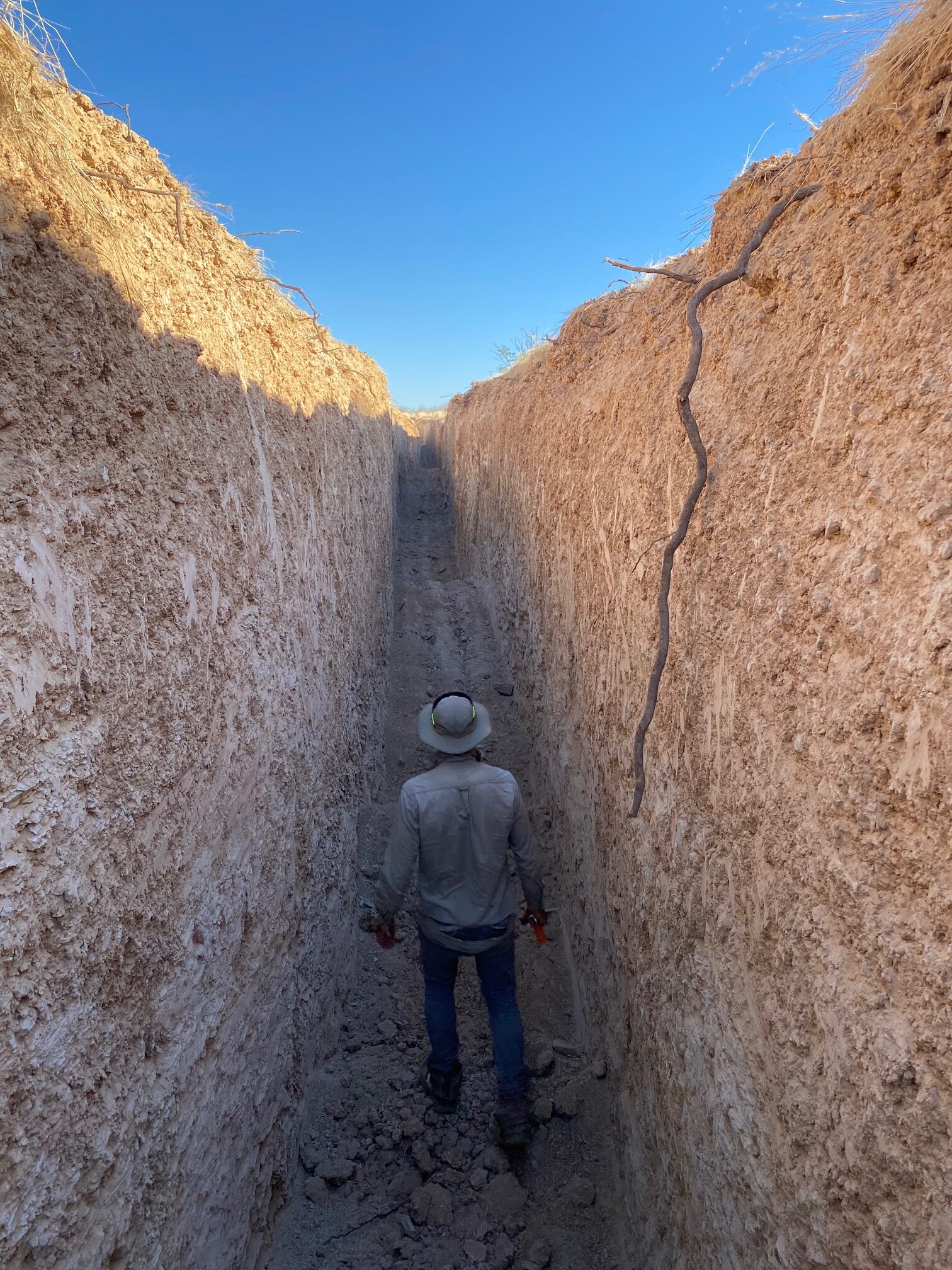
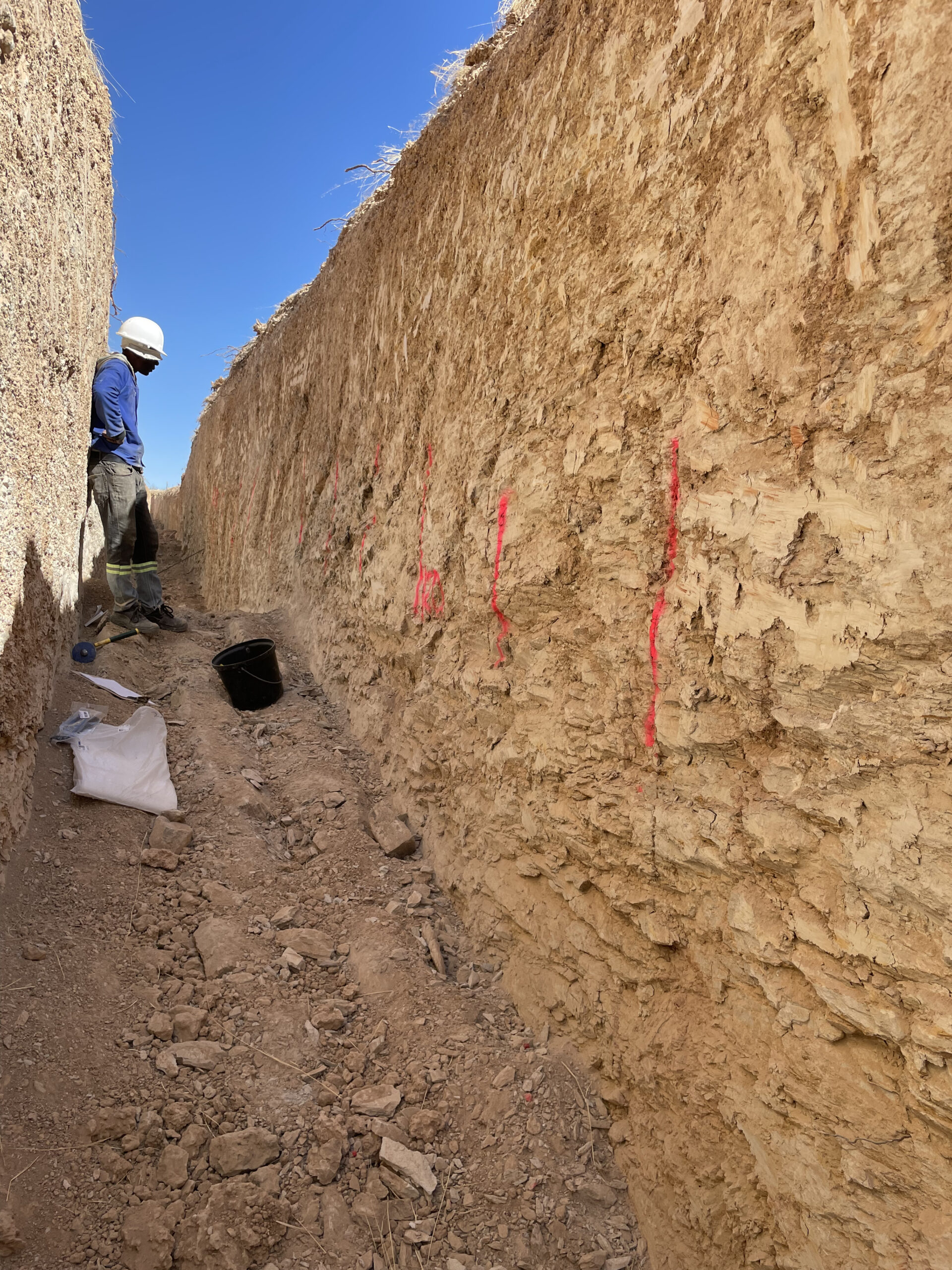
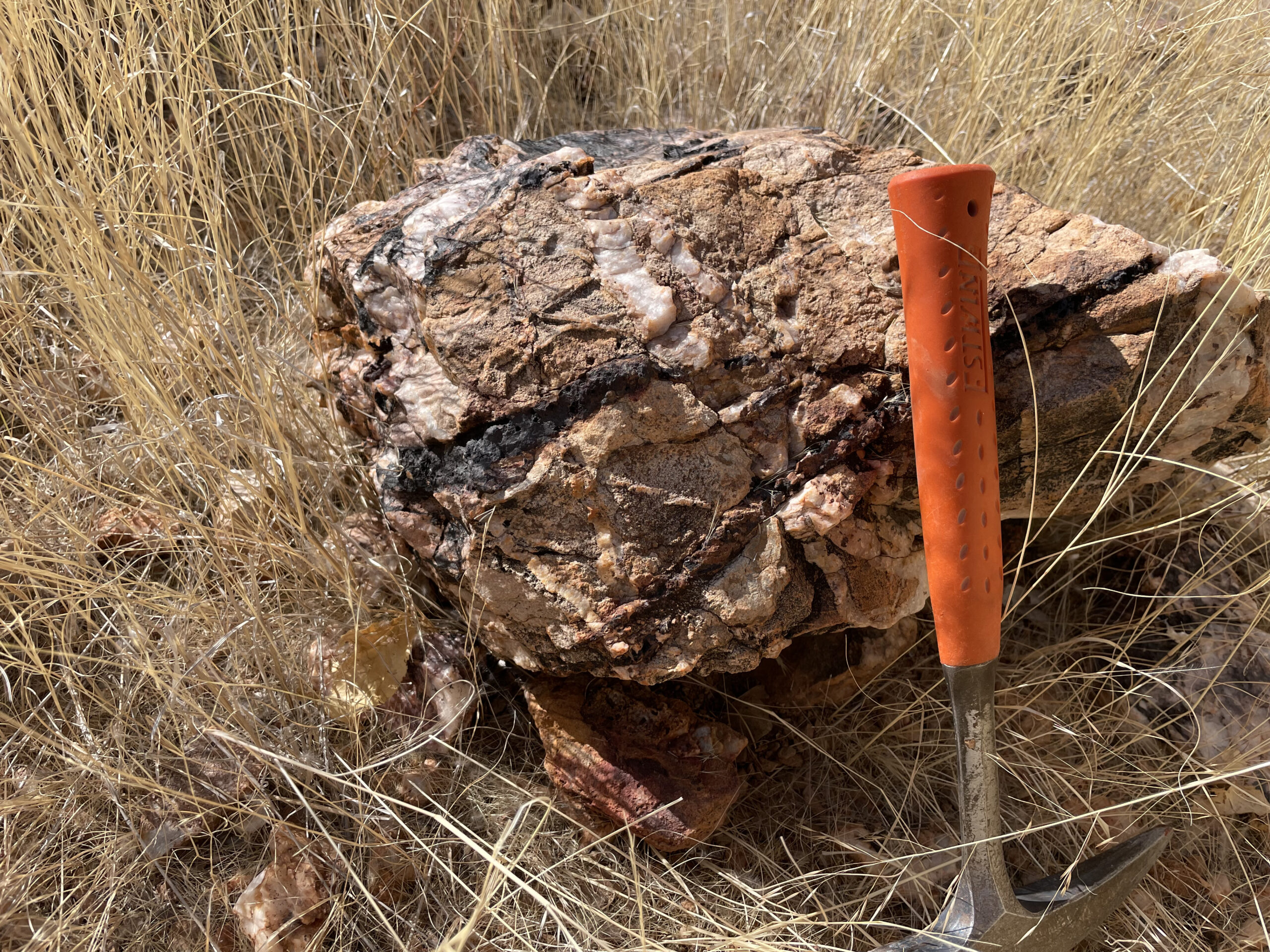
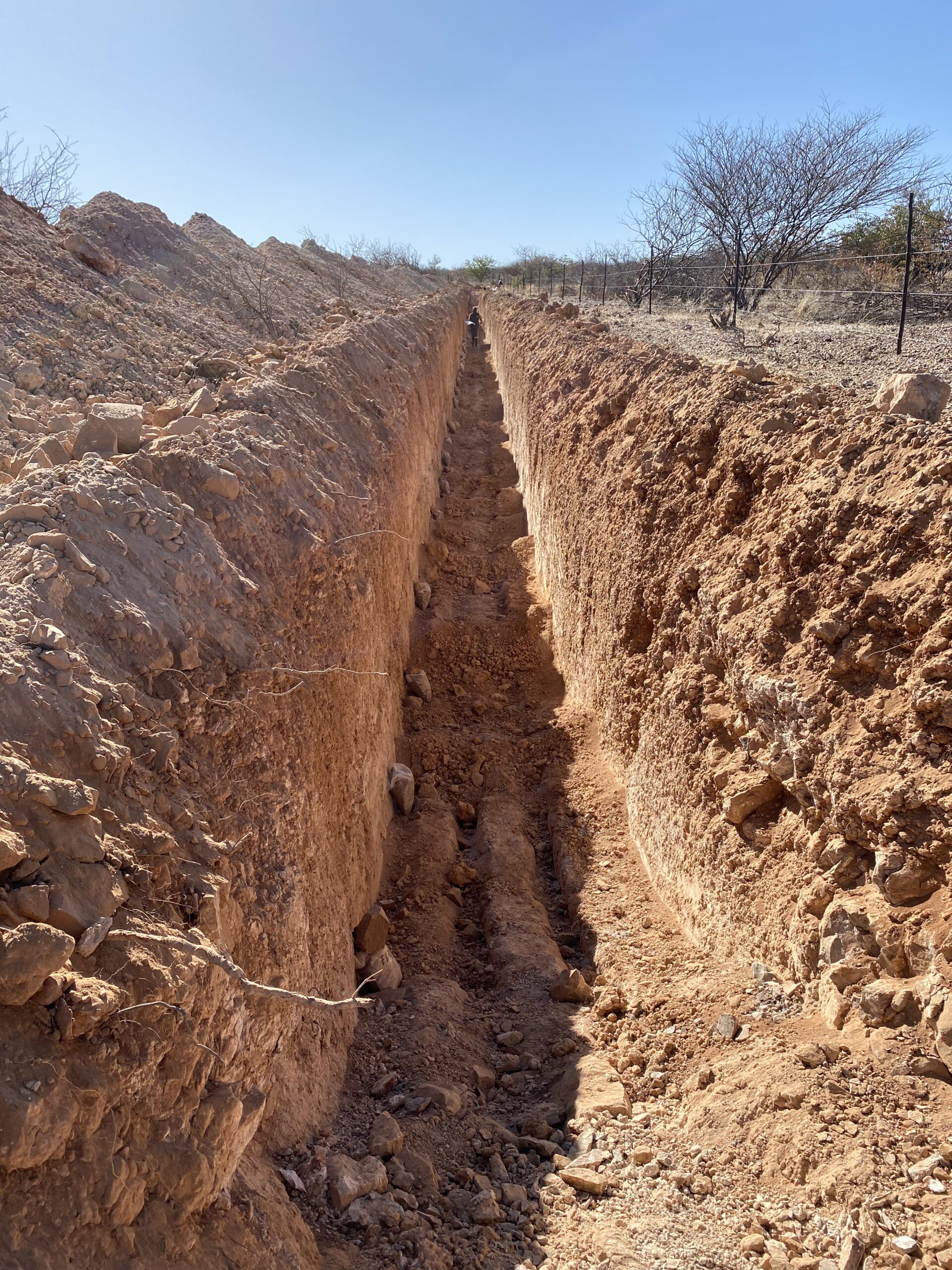



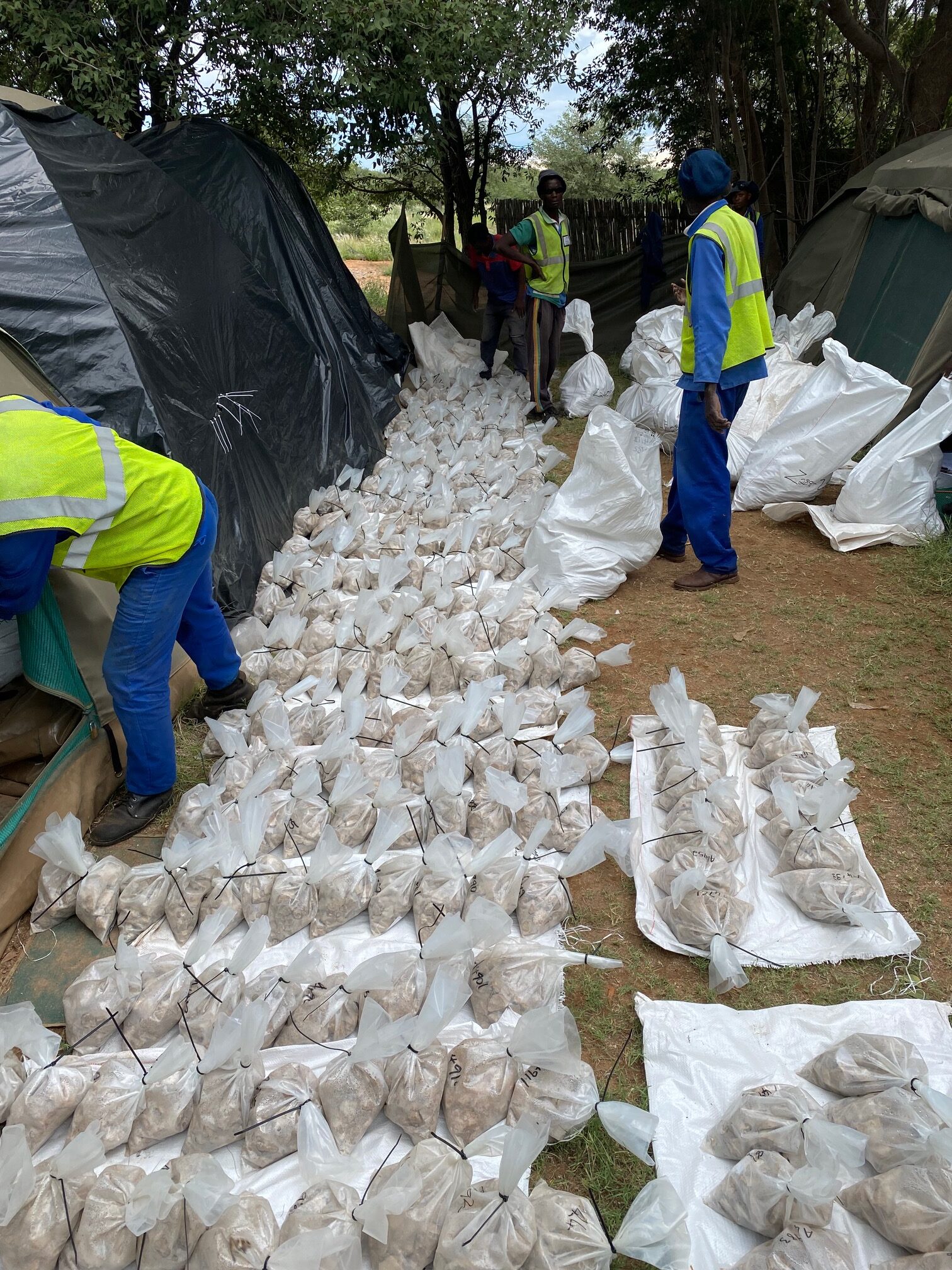
K17 Target
The K17 target is a promising exploration zone covering 50 km². This target has shown significant potential for multi-element mineralization, including copper, gold, silver, and uranium. The mineralization is associated with the Kuiseb formation, characterized by altered chlorite schists with visible malachite, azurite, chalcocite, and chalcopyrite, and magnetite is prevalent in alteration zones.
Notable assay results from rock chip samples include:
- 16.25% Cu
- 21 g/t Au
- 37.8 g/t Ag
- 490 ppm U
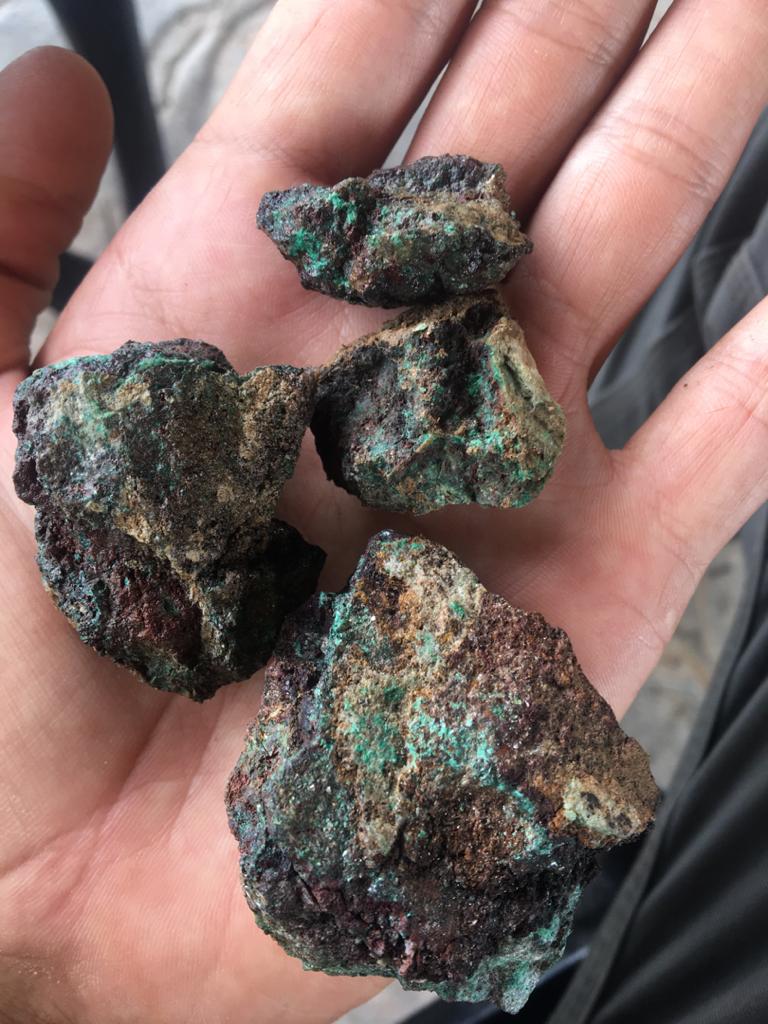

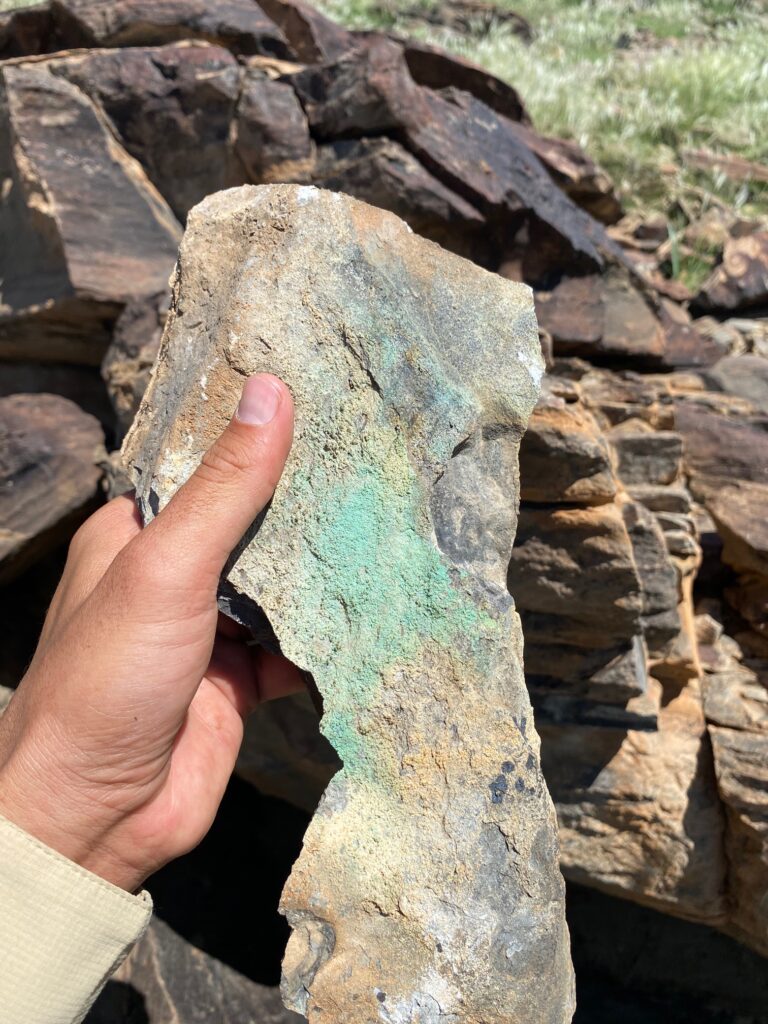

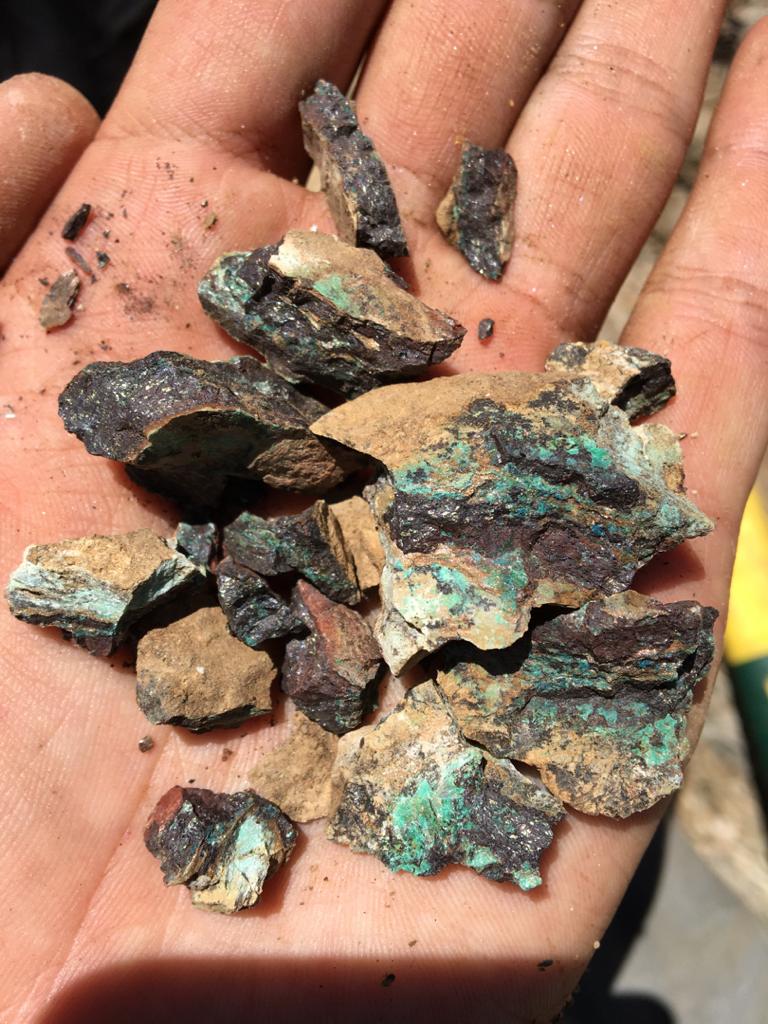
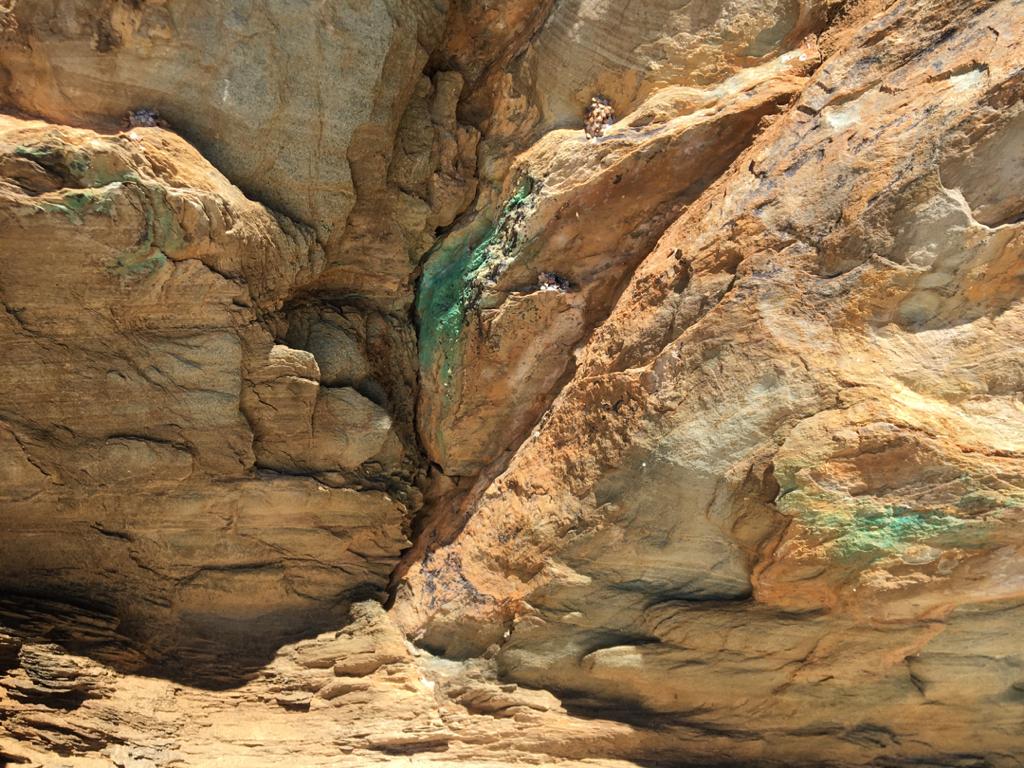

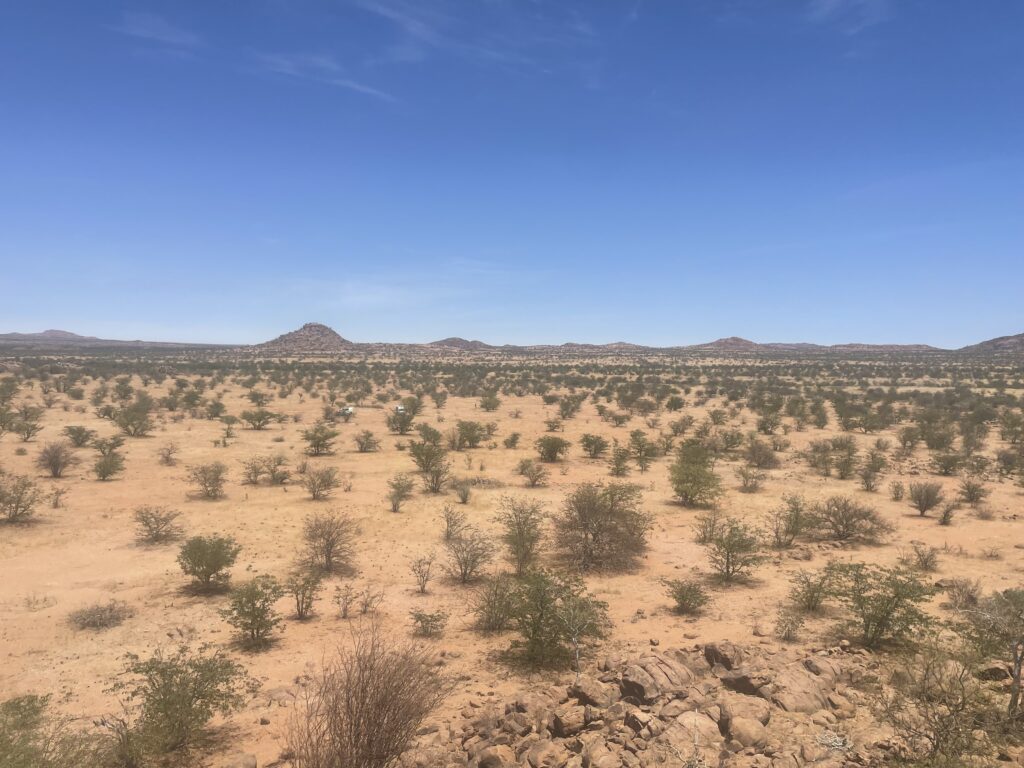
Magnetotelluric (MT) Survey Results
Recent Magnetotelluric (MT) surveys conducted across the K17 target area have revealed significant deep crustal conductors, further supporting the Iron Oxide Copper-Gold (IOCG) hypothesis. The surveys identified multiple near-surface conductors, with the most prominent conductor (C1) extending from 100m to approximately 5,000m below the surface. These results strongly suggest the presence of an IOCG system at depth, with branching conductors near the surface, indicating mineralization close to the surface as well.
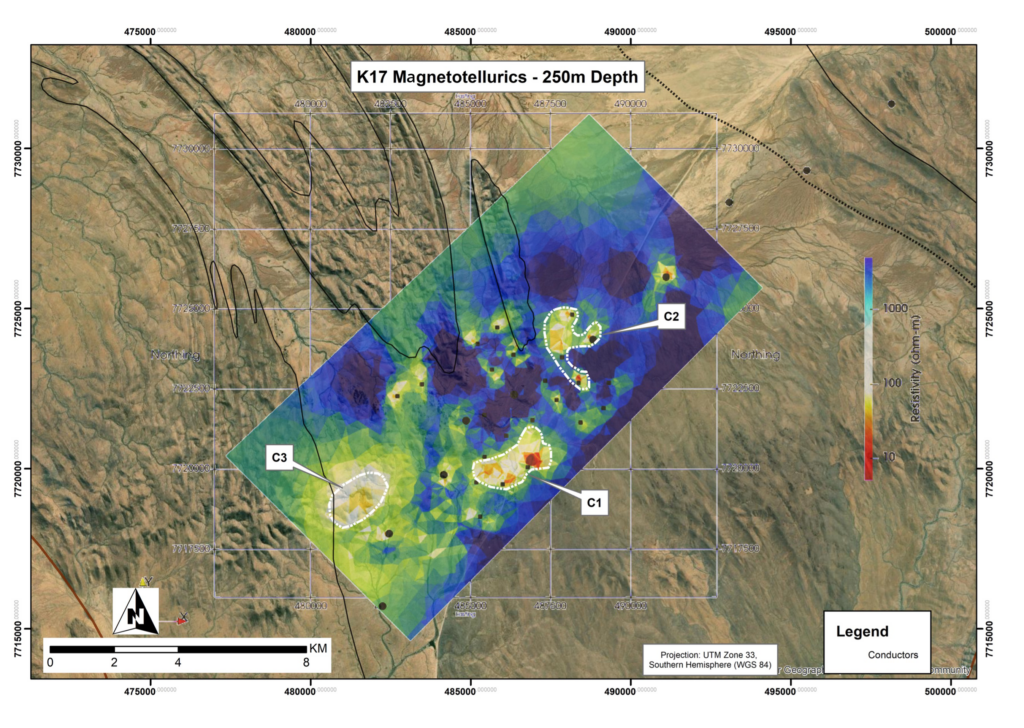
Plan view of the 3D inverted MT grid at K17, sliced at a depth of 250m below surface with
individual conductors (C1-C3) outlined in white.
As announced in Q1 2025, recent surface work, such as rock chip sampling and drone magnetic surveys, has further enhanced the exploration model. A total of 38 rock chip samples returned consistently high-grade results, with peak values of 4.47% Cu, >10 g/t Au, and 13.4 g/t Ag, along with notable uranium and molybdenum content (153 ppm U3O8 and 371 ppm Mo). These samples were collected from chlorite schists exhibiting intense hydrothermal alteration and strong magnetite presence. The 869 line-kilometre drone magnetic survey mapped key structural features and zones of magnetite alteration, particularly around the Klein Dagbreek syncline, where mineralization appears structurally controlled along fold hinges.


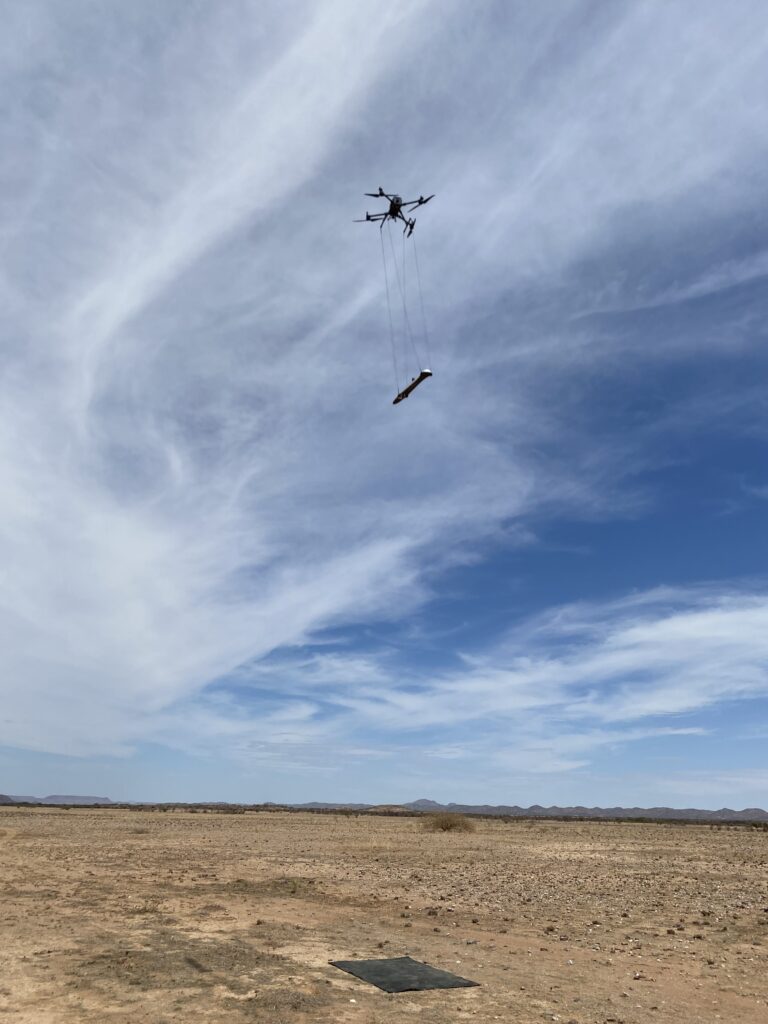
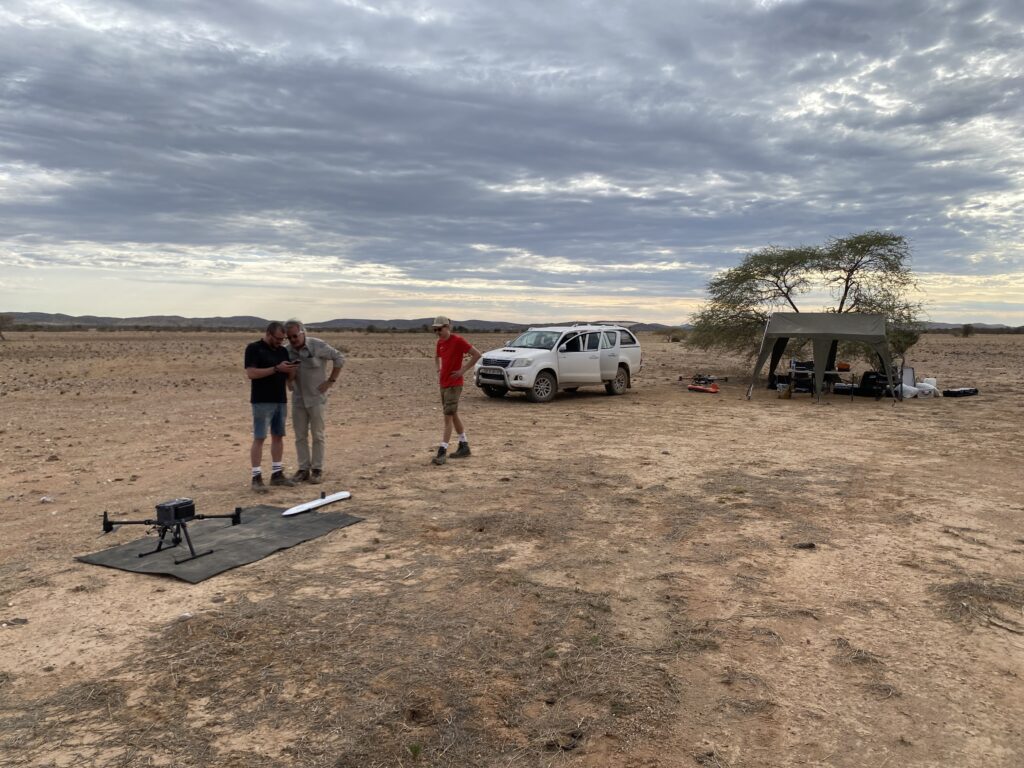
K17 and IOCG Deposits
Globally renowned IOCG deposits, such as Olympic Dam and Ernest Henry in Australia, the Candelaria deposit in coastal Chile, and the Cristalino deposit in Brazil’s Carajás region, are rich sources of copper, gold, and other valuable minerals. These examples underscore the vast economic and growth potential associated with IOCG mineral systems.
IOCG deposits are often found at the margins of ancient cratons and collision zones (convergent tectonics), making the Proterozoic Khorixas sedimentary basin, located along the southern boundary of the Congo craton, an ideal geological environment for this type of mineralization. The basin’s IOCG potential could position it as a major contributor to future exploration success, given the immense resource opportunities typical of these systems.
With the identification of these conductive zones and their alignment with the IOCG model, Great Quest plans to follow up with detailed drone-based imaging, magnetic surveys, and ground IP surveys targeting sulphide mineralization.